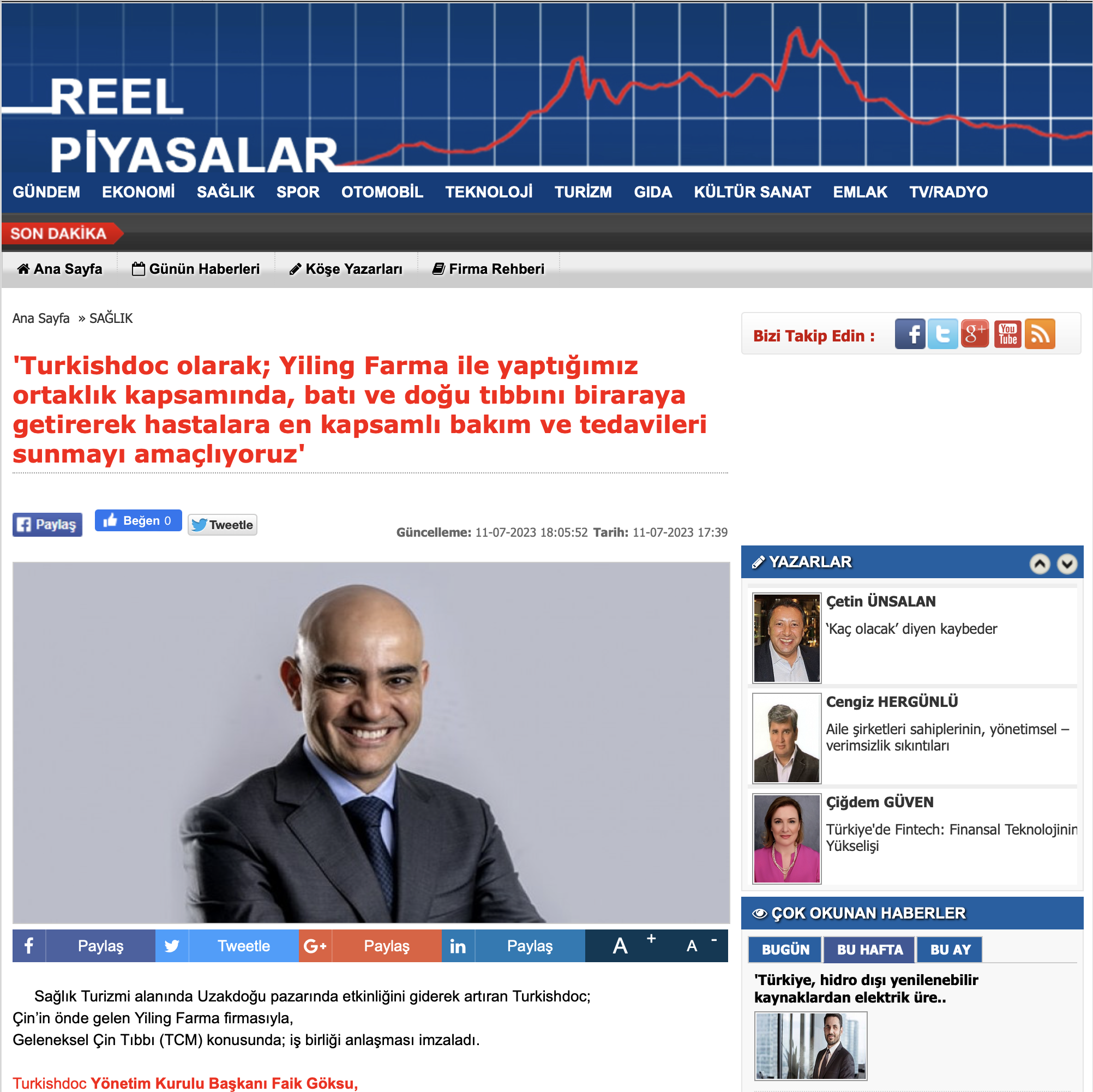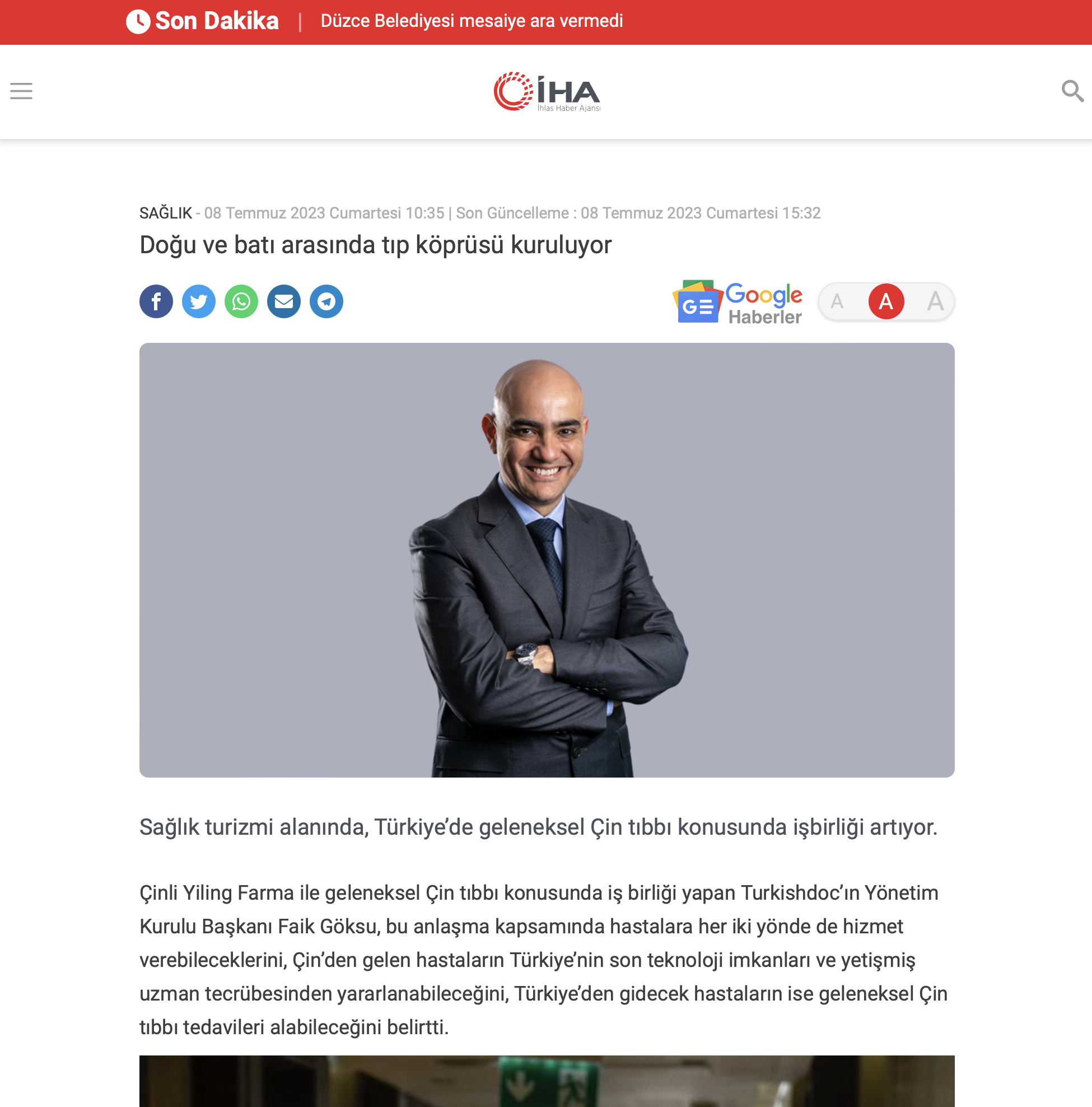Turkishdoc
Definition Of Avascular Necrosis (Osteonecrosis)
Avascular necrosis (osteonecrosis) is the death of bone tissue due to some abnormality in the blood supply to the bone. Avascular necrosis is also called osteonecrosis. It affects many bones of the body, especially the knee, shoulder, spine, hip, and wrist. Although it can happen to anyone, adults are the ones who experience it the most frequently. Early treatment is important for this condition. This prevents health problems in the future. It also allows the joint or bone to regain function by quickly correcting the bone problem. The treatment for avascular necrosis is determined and applied according to the bone or joint level.
What Is Avascular Necrosis (Osteonecrosis)?
Avascular necrosis is a condition in which bone tissue dies as a result of a stoppage or reduction in the blood supply to the bone. This problem, which occurs in many parts of the body, shows itself as pain in the area it covers. It occurs most commonly in the hip, knee, shoulder, spine, and wrist. It is necessary to go to the doctor as soon as symptoms begin to appear, as treatment is better with an early diagnosis. If treatment is delayed too long or left untreated, the bone tissue dies completely, leading to the collapse of the affected joint or bone.
Symptoms Of Avascular Necrosis (Osteonecrosis)
Avascular necrosis (osteonecrosis) is a condition that does not show symptoms at once. Therefore, over some time, and as the condition worsens, some symptoms will appear. One of the most common symptoms of this condition is pain over the joint. The pain is usually mild in the beginning and then starts to intensify. The pain is also felt in the affected bone or joint areas. In general, the symptoms of avascular necrosis (osteonecrosis) are as follows:
- Pain in the affected joint area
- Limitation in movement
- Pain in the hip
- Groin pain that manifests itself towards the knee
Avascular necrosis affects the knee, hip, wrist, spine, and shoulder, causing pain in these areas. At first, the pain may be mild, then intensify and cause discomfort. If there is a broken or dislocated bone, or if these symptoms have been present for a long time, a doctor should be consulted.
Causes Of Avascular Necrosis (Osteonecrosis)
A healthy blood flow is critical for bones, which are an important structural component of the skeletal system. Avascular necrosis interferes with this, causing the bone to temporarily lose its function. It is known that some patients with this condition develop it for no apparent reason. However, some women have osteoporosis as one of their risk factors. The causes of avascular necrosis (osteonecrosis), which occurs for many reasons, can be summarized as follows:
- Weakened and worn bone structure
- Fracture, dislocation, or injury to a joint or bone
- Radiation therapy
- Fat deposits in blood vessels
- Diseases that affect blood flow, such as lupus, Gaucher, and sickle cell anemia
In general, the above are among the causes of this condition. There are also some risk factors for this condition. One of the risk factors for avascular necrosis (osteonecrosis) is bone and joint trauma. Some treatments, such as radiation therapy and organ transplants, can also trigger the development of this condition. Certain medications, such as steroids and bisphosphonates, are also important risk factors. Some diseases are also associated with avascular necrosis. These include leukemia, sickle cell anemia, pancreatitis, Gaucher disease, and HIV/AIDS.
Treatment For Avascular Necrosis (Osteonecrosis)
Before the treatment for avascular necrosis (osteonecrosis), some examinations and controls are performed to make a diagnosis. The joint or bone area complained of is checked by physical examination. Imaging tests help to pinpoint the exact location of the joint and bone. The diagnosis is made with X-rays, MRIs, CTs, and bone scan methods.
After a definitive diagnosis is made, the avascular necrosis (osteonecrosis) treatment process begins. A treatment plan is made taking into account the person’s age, medical history, joint or bone condition, level of damage, and causes. It is possible to prevent this condition with surgical or non-surgical treatment methods. Both treatment methods aim to prevent damage to the bone or joint and restore its function. Accordingly, the appropriate treatment method is determined, and the process begins. It is possible to list the treatment methods for avascular necrosis (osteonecrosis) as follows:
- Medications: If the degree of avascular necrosis is mild and diagnosed early, it is possible to treat it with some medications. Nonsteroidal anti-inflammatory drugs are used to reduce pain in this condition. Drugs that open the blood vessels are also used. Blood thinnersare also used to prevent clotting problems. Osteoporosis drugs may also be given to stop the progression of avascular necrosis. Cholesterol-lowering drugs that help reduce cholesterol levels are also a type of medication given according to the person’s health condition.
- Physical therapy: Physical therapyprepared with special exercise programs to maintain the function of the joint is among the applicable treatment methods.
- Surgery: There are different surgical procedures for avascular necrosis. Core decompression, osteotomy, bone transplant (graft), joint replacement, and regenerative medicine treatment are among these procedures. Core decompression involves removing the inner layer of the damaged bone for healthy bone formation. To reshape the damaged bone, an osteotomy is used to delay joint replacement. A bone graftingprocedure transplants a healthy bone from a different part of the body into the bone affected by avascular necrosis to repair the bone damage. Joint replacement is a procedure used when the bone cannot be repaired. This procedure replaces the damaged parts of the joint to create a healthier and stronger joint structure. Regenerative medicine treatment is a new procedure and is applied in the early stages of avascular necrosis. In this procedure, stem cells from the bone marrow are used to grow new bones. Compared to the others, this is not widely practiced because it is still a new procedure.
To conclude, avascular necrosis is a clinical condition that occurs when blood flow in bone tissue is stopped or reduced. This condition, the exact cause of which is unknown, can occur in many people. Some habits can help to reduce the risks of avascular necrosis, which cannot be completely avoided. For this purpose, alcohol and smoking should be reduced, cholesterol levels should be controlled, and the dose of corticosteroid medication should be reduced. Avascular necrosis, which is characterized by pain in the joint, can be treated according to the individual and the level of the condition. Although it does not pose a life-threatening risk, if left untreated, it can cause the joint or bone to stop functioning. It is therefore important that specific and appropriate treatment methods are applied promptly. Therefore, if there is constant pain in the joint, it is important to visit a specialist doctor for early treatment.











